Henrik Forss' Safari Dune Buggy - Detoxica
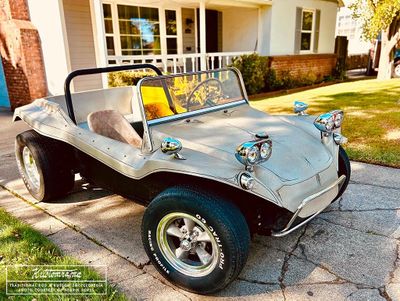

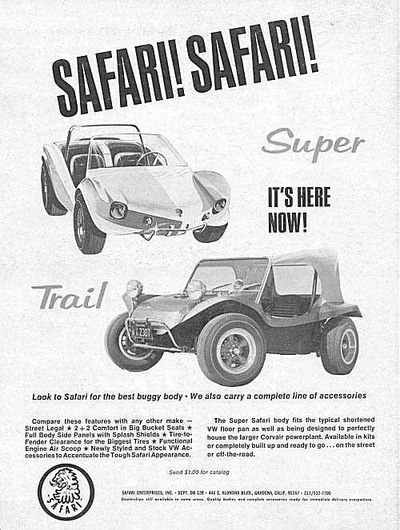
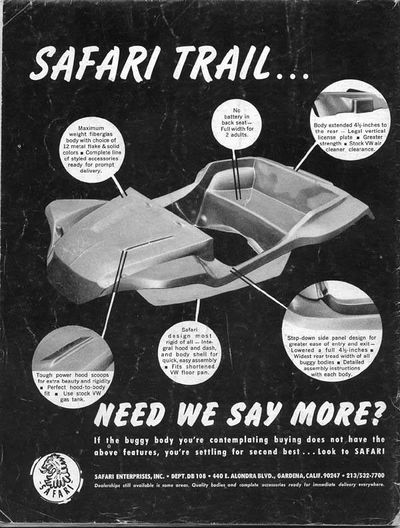
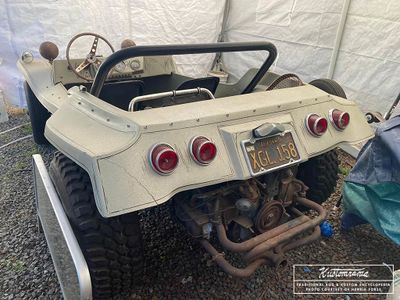
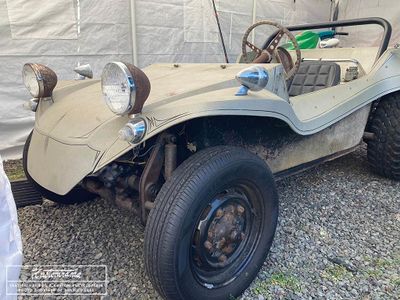
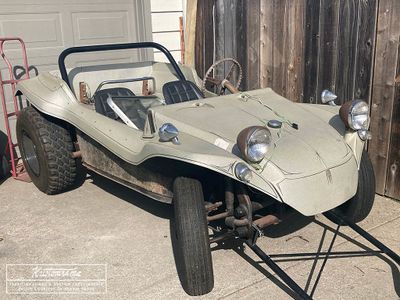
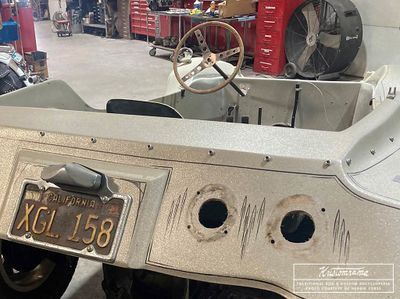
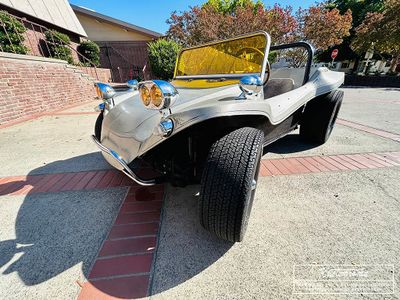
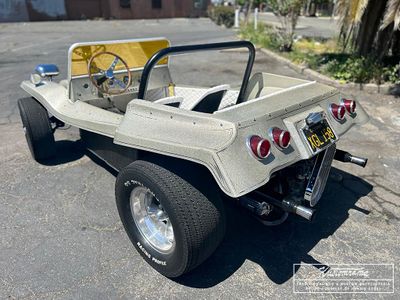
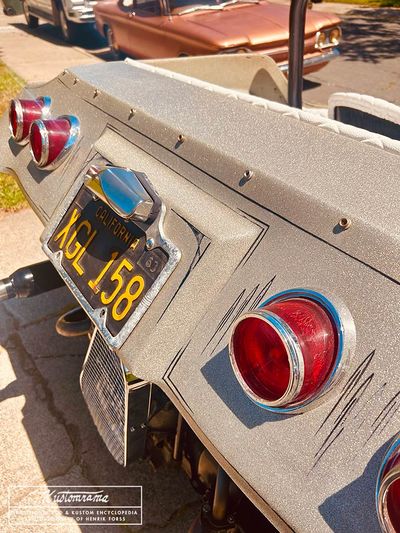


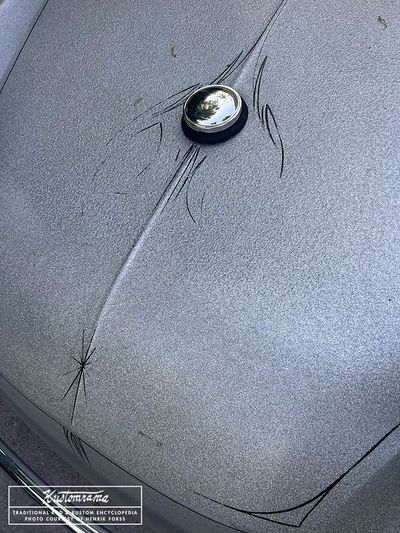

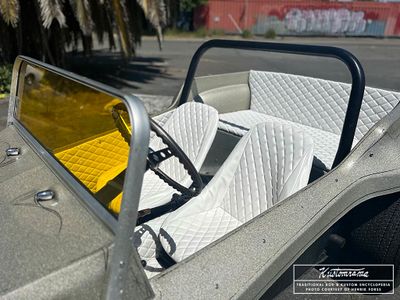
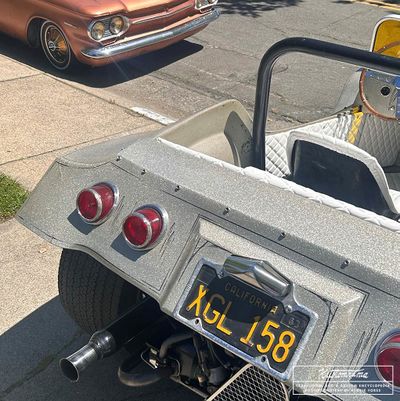
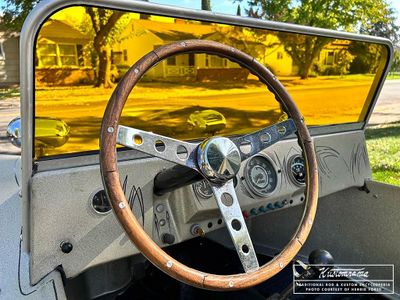
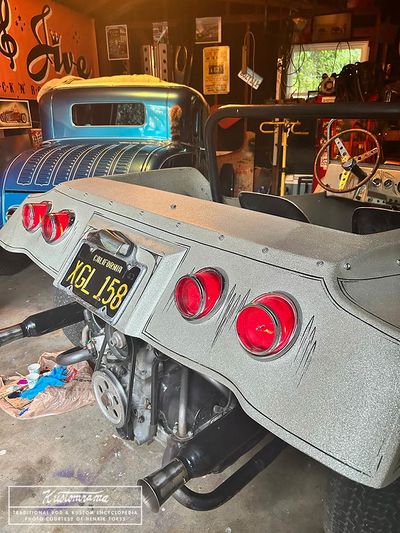

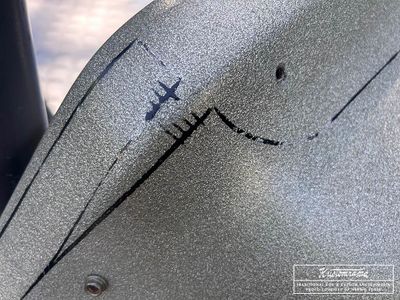
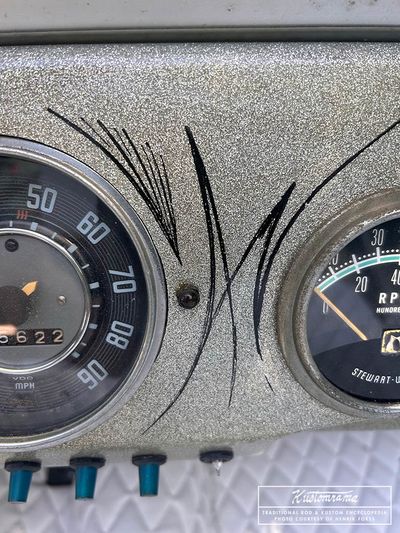
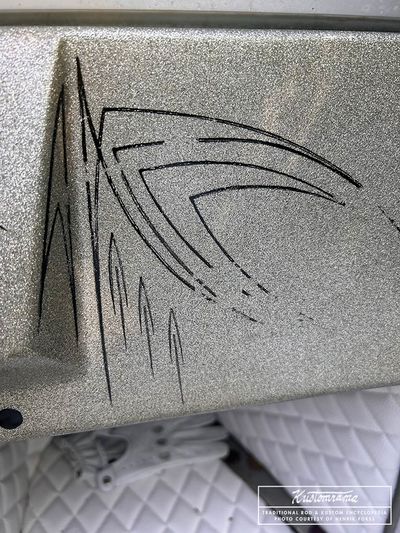
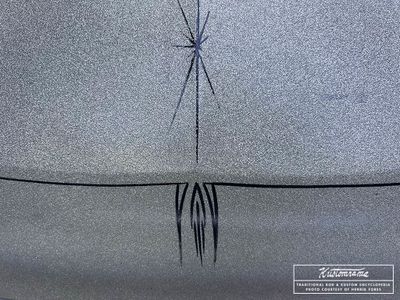
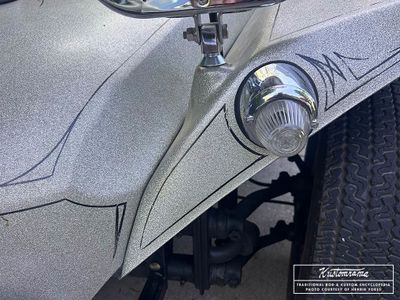
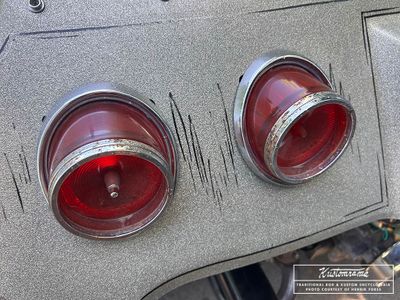
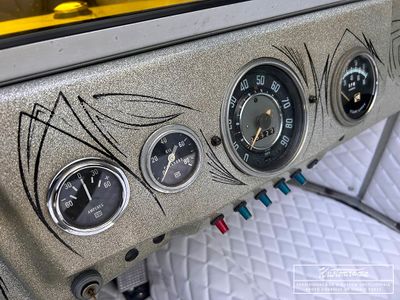

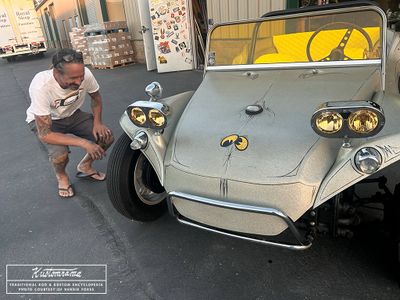
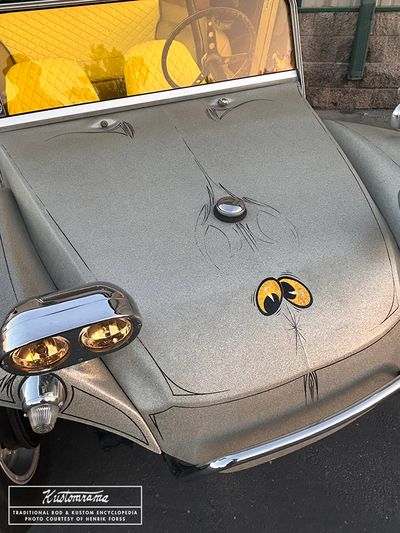
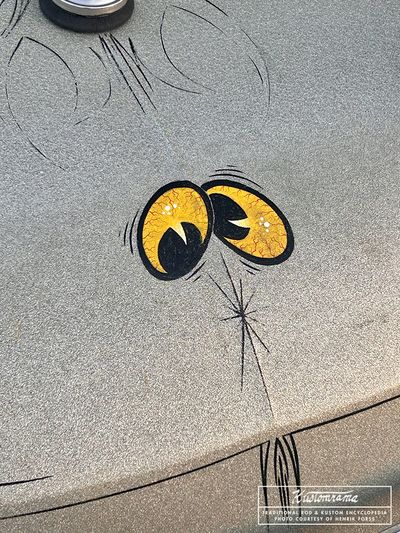
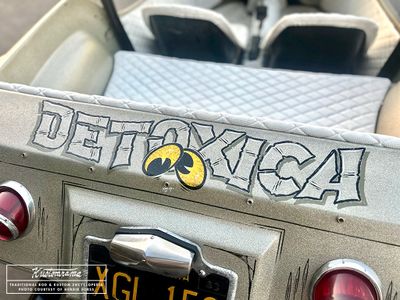
The Safari Dune Buggy models were manufactured by Dick Dean in Southern California. Dean manufactured a few different and good-looking dune buggy models back in the late 1960s, in the midst of the huge dune buggy craze that swept California at the time.
Named "Detoxica," the one owned by Henrik Forss of Sacramento, California was supposedly built late 1967 or early 68. Built in the Los Angeles area, it was based on a 1957 VW pan. When Forss purchased the buggy in Northern California it still had the original gold/silver gel coat. "What is more intriguing is the pinstriping that covers most of the buggy," Henrik told Kustomrama in 2023. "It appears to be very old, and chances are it was done right after or at the same time the buggy was built." This raises the question: WHO pinstriped it?
Safari Dune Buggy and Pinstriping by Dick Dean
"Some of the pin stripings have faded, and I see no traces of a signature, unfortunately. I purchased the dune buggy in northern California in 2022. The seller had bought it from the daughter of the man who brought it up from SoCal to NorCal in the early 1970s. That man has long since passed, and I have no information of who he bought it from." The Safari was parked inside a garage in 1984. With the help of some good friends, Forss resurrected and preserved it in 2022. "It appears as if the gauges were also installed when the buggy was built, which contributes to the buggy having a great hot rod feel to it, and again raises the question. WHO built it, and WHO pinstriped it?" After posting some pictures on a dune buggy forum, some people believed the pinstriping to be the work of Dean Jeffries, the late great car customizer, designer, stuntman, legend, and so much more, who also manufactured dune buggies at the time. "Someone reached out to his son, who commented, “it is not impossible it could have been my dad.” But then again, Los Angeles in the late 1960s had a huge amount of pinstripers, and it could have been just about anyone." According to Forss, the buggy and its research have turned into a fun mystery, "I am trying to solve while I am enjoying this little time capsule." After publishing a story about the buggy in the Kustomrama Newsletter, Keith Dean reached out with some additional information; "My dad started working for Safari Dune Buggies in 1968. He did a lot for them. Building bodies, and distributing them to different dealers. He made an aluminum plug for their flagship buggies, the Super Safari. I am 100% certain the stripping on Henrik's buggy is my dad's work. He would usually sign his work in block letters "DEAN."" According to Keith, his dad got his trade name of Dick Dean as a pinstriper. "Born Richard Dean Sawitskas. The announcer at a show my dad was Striping at couldn't pronounce his last name. So he said, okay, kid, were going to call you Dick Dean."[1]
References
Did you enjoy this article?
Kustomrama is an encyclopedia dedicated to preserve, share and protect traditional hot rod and custom car history from all over the world.
- Help us keep history alive. For as little as 2.99 USD a month you can become a monthly supporter. Click here to learn more.
- Subscribe to our free newsletter and receive regular updates and stories from Kustomrama.
- Do you know someone who would enjoy this article? Click here to forward it.
Can you help us make this article better?
Please get in touch with us at mail@kustomrama.com if you have additional information or photos to share about Henrik Forss' Safari Dune Buggy - Detoxica.
This article was made possible by:
SunTec Auto Glass - Auto Glass Services on Vintage and Classic Cars
Finding a replacement windshield, back or side glass can be a difficult task when restoring your vintage or custom classic car. It doesn't have to be though now with auto glass specialist companies like www.suntecautoglass.com. They can source OEM or OEM-equivalent glass for older makes/models; which will ensure a proper fit every time. Check them out for more details!
Do you want to see your company here? Click here for more info about how you can advertise your business on Kustomrama.





